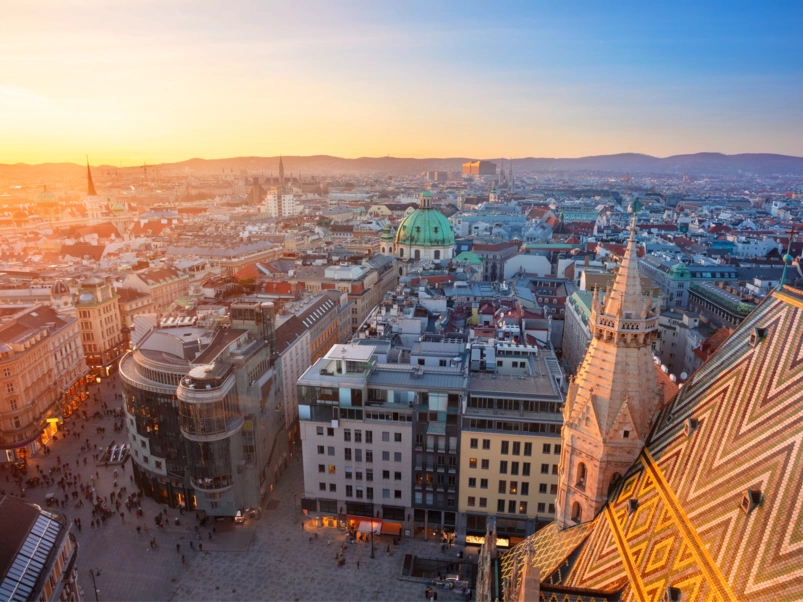
Victory - Sieg
V for Victory. This sculpture stylizes the two outstretched fingers to form the letter V. In this sense, the gesture was first used during World War II by the English BBC, which broadcast it into German-occupied Europe as a harbinger of the Victory campaign. Iconic images from world history featuring the two extended fingers include figures like Winston Churchill and Dwight D. Eisenhower, both individuals who were aware of the power of strong symbols.
Daniel Bucur crafted this sculpture very intricately with a chainsaw. From a solid block, he cut numerous horizontal slots into the wood from two sides. Finally, with a large vertical cut, he created the two fingers. Each finger is composed of many wood leaves held together by a continuous web on the inside.
Victory in this sculpture is depicted as a fragile symbol. It must be hard-fought, and not only the loser pays a high price. Moreover, victory is not always everlasting.

_271_1_0d12d0ff52bfc42cc7e0fc05e024aec2.jpg)
_274_1_49c0b4b6596975865788b0c1288497a8.jpg)
_287_1_dbe616965b12218d3bd26ccefda2250b.jpg)